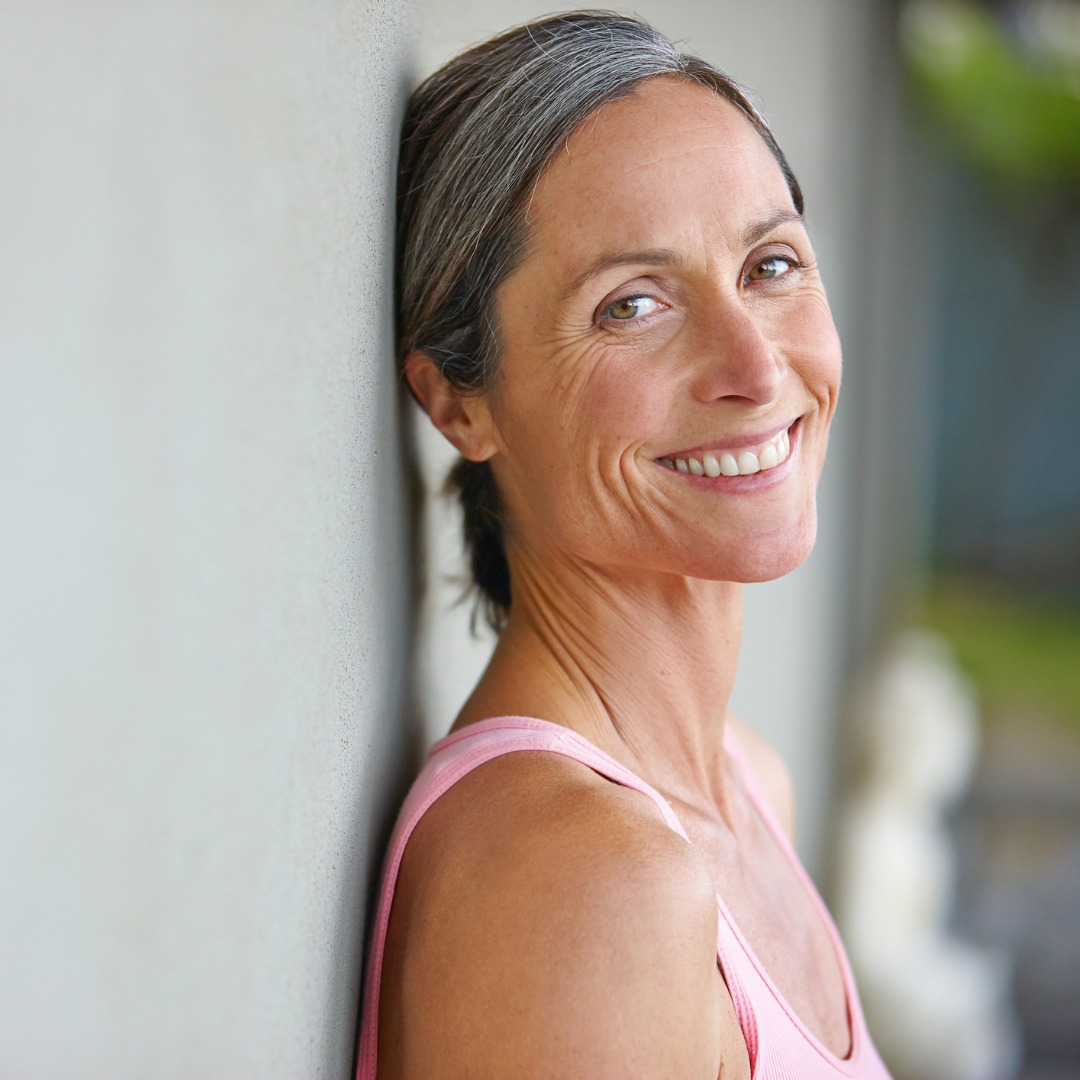Whether you have been hiding your gray hair for years or have just begun to notice a few silvery strands, think carefully before reaching for the hair dye. Most of us can relate to the sinking horror and desire to cover up when those first gray hairs make an appearance. It is every woman’s right to choose to dye her hair, just know that in doing so, you could be cheating yourself out of something amazing.
Are we free to choose?
For many millions of women, going gray is a transition put off until later life. Gone are the days when coloring one’s hair was considered a display of vanity, reserved only for celebrities and showgirls. Thanks to the invention of DIY hair colorants and advancements in-salon treatments (plus the aggressive pro-youth marketing campaigns that accompanied them), we now have the ability and the permission to stave off the graying process for as long as we damn well please. Unfortunately, what was once pitched to us as the “freedom to dye” has become something of an obligation. Choosing not to dye gray hair is an act of non-conformity which often invites unpleasant and unwelcome judgment from strangers and loved ones alike. How exactly has it come to this?
In western society, we have long under-valued old age. What should be revered as a symbol of wisdom and experience is feared, hidden and eventually shoved to the outskirts of our world, where we no longer have to look at it. So distasteful to us is the idea that our bodies will age and eventually die, that we go to great lengths to pretend it isn’t happening. Women are affected by ageism far more than men, as, throughout history, we have been taught that our worth lies in our sexual appeal and our ability to bear children – both of which are synonymous with youth. If we want to be valued, respected and taken seriously, we must at least try not to age, and that means covering our grays.
The grey-hair identity
Most people start going gray in their thirties and yet naturally gray hair has become such a rarity among younger women that we automatically associate it with plump grandmothers, crazy spinsters, faded beauty, lack of self-care, lifelessness and a whole host of other unflattering images. Gray-haired women, we are told, are women who have let themselves go. I can’t help but think that if we could see the natural graying process starting in younger women and progressing over the decades, our idea of what it means to be gray might be different.
As things are, going gray is often an emotionally painful and drawn-out process which women submit to in their sixties or seventies, after a life-long war against aging. The transition is abrupt, shocking and can radically disrupt one’s sense of identity. Personally, I have looked toward the undeterminable point in my future at which I will inevitably stop dying my hair with some apprehension. How can I possibly accept that new version of myself when I have spent decades purposefully covering it up? The solution was clear if a little intimidating: quit dying my hair now and let nature take its course. This was a major turning point for me.
Being gray vs. going gray
In principle, I have never minded the idea of being gray (recent trends have shown us what a desirable hair color gray can be). Like so many other women, my discomfort always stemmed from the prospect of goinggray. Years of patchy roots, streaks, multi-tonal grays and splashes of my original color that just won’t give up? It’s an uncomfortable thought precisely because partially gray hair shows us the aging process in action. From the moment your first gray hairs become visible, you are neither young nor old, you are something in between. If it were possible to flip a switch and become naturally gray overnight, I’m willing to bet that younger, gray-haired women would be a much more common sight.
The problem with resisting natural graying, I would argue, is that we need to see and embrace these in-between stages to appreciate and accept our changing bodies. If going gray were a gradual evolution rather than a plunge into the deep end, we would not be shocked, robbed of our identities or forced to see ourselves as having given up. Perhaps the secret to beauty, happiness, and self-acceptance is simply to let nature do its thing. If we want to rebel against unrealistic beauty standards and overturn the status quo, it turns out that all we need to do is nothing. In fact, hundreds of thousands of women around the world are already doing exactly that. Following my secret decision to stop dying my hair, I took to the internet in search of guidance and support from like-minded souls and found something quite incredible.
The point of this article is not to shame women who choose to color their hair but to promote the idea that any hair color choices you make should be based on your own aesthetic preferences, rather than what we are told is beautiful, acceptable and correct. It may be that you color your hair for you, and you alone. Nothing could be more applaudable. Though, if you have never stopped to find out who you really are underneath, how can you know you’re not missing out on your best hair years? There can be great glory in going gray and I, for one, cannot wait to get in on the action.



